Rugs of London’s Auction stunning antique rugs originate from a variety of time periods and locations in Asia, including Persian and Indian carpets.
persian carpet designs
We shall now look at the following types of Iranian carpet: Carpet Gebeh This carpet is a rough and primitive carpet with designs popular among the Qashqai nomads of the Fars region in southwest Iran. In Farsi, the word Gebeh translates to “raw, natural, and uncut.” These are most likely the hand-woven carpets in Iran that have attracted the greatest attention over the years. Wool is used in the manufacturing of these carpets for both the warp and the weft, and natural vegetable dyes are used to color their fibers. These carpets are thicker than those created in other Iranian locations. to the point where their thickness can sometimes reach 2.5 cm. The designs on this carpet are basic; they have a limited number of decorative elements and typically take the shape of rectangles with animals. Weavers have had to change their skills in recent decades to meet the expectations of Western consumers. As a result, the design of Gebeh carpets today includes larger open fields as well as more accurately defined designs. These designs were soon reproduced by weavers in India, despite the substantial differences between Persian Gebeh and Hindu Gebeh. The quality of the wool used to produce it can sometimes be utilized to make this distinction. Iranian wool is regarded as being softer and more durable than other varieties, and its overall quality is undeniably greater. Today, Gebeh carpets are known by a number of different names. In addition to the more widespread appellation, these names include Kashkuli, Larry Baft, Sumak, and Gebeh Baluch. The Kashkuli knot is distinct from other types of knots in that it has a high knot density yet is thinner overall. Carpet from Qashqai Qashqai nomads can be found in the Iranian province of Fars, which is located in the country’s southwest. They are also found in the provinces of Khuzestan and southern Isfahan, as well as in Shiraz’s outskirts. They migrate twice a year, from their summer pastures in the much cooler Zagros Mountains to their winter pastures in the Persian Gulf, and then back again. Men wearing the traditional round hats of their culture may be seen rushing down dusty roads with their dogs, following their herds of goats and sheep as they migrate. 
persian carpet texture
Women in vividly colorful attire are making their way towards the new camp with the help of horses and donkeys. The tents in which people live are usually fashioned from goat hair. Carpets, rugs, handbags, ribbons, and other sorts of ornamental handicrafts are an important element of nomads’ lifestyle. The background color of these carpets is usually midway between red and brown. The pattern on these carpets is linked to the people who wore them and the monuments they built. Medal motifs are featured in the center of the carpet, and these designs are replicated in each of the carpet’s four corners. People, four-legged creatures, birds, plants, and flowers are some of the most common motifs in these artworks. The remaining designs are inspired by the wall murals and columns unearthed in Persepolis (also known as Takht Jamshid), Iran’s capital during the Achaemenid Empire (330-550 BC). Nomads are also noted for their skill in weaving beautiful bags and baskets, which are primarily made for practical purposes. These carpets are woven on horizontal machines, and the weavers work while sitting on the already-woven piece of the carpet. The semi-nomadic people who live there at this time of year weave carpets in the same way that the other people do. The Kashkoli carpet is considered one of these rugs with a distinctive and highly lovely texture. The Gebeh, a primitive form of nomadic carpeting, denotes this location. Hand-woven carpet weavers have been under pressure in recent decades to meet Westerners’ needs, which has led to an increase in the use of Gebeh weaving techniques with more vibrant, larger, and fewer motifs. Products with a well-textured Qashqai carpet are both wonderfully beautiful and long-lasting, and they reflect a lot about the nomadic lifestyle and the challenges that come with it. The name “Qashqai carpet” relates to the fact that it is entirely constructed of sheep and goat wool, with some horse hair thrown in for good measure. The bulk of Qashqai nomads today live in cities and rural areas. As a result, the market’s requirements are having an increasingly direct impact on their carpets. These carpets have a coarser and rougher texture than other nomadic tribes’ carpets, and they are made of linen rather than another material. The word “Shiraz carpet” refers to the region’s relatively simple rugs that can be purchased. Shiraz is the genuine capital of the Fars province, and Qashqai carpets may be purchased in the city’s various markets. 
persian carpets for sale
Furthermore, nomads visit markets to buy a variety of commodities, some of which are necessary to their way of life. The motifs on Qashqai carpets are frequently hexagons or diamonds, with four representations of hooks set within a diagonal diamond. A few Qashqai rugs include a Hebatlo design (Hebatlo is the name of one of the smaller clans of the Qashqai tribe). It also contains circular medallions in the middle of the carpet, and the same design is duplicated in a more compact version in each of the rug’s four corners. Linen is frequently used to generate a more bright tone in the texture of Qashqai carpets. They frequently have simple designs, and the ends of their threads are positioned in the carpet’s lengthwise border. The Ameleh and Dareh Shuri clans are well-known throughout the region for their carpet weaving expertise. Permit me to show you to three of the most significant Persian carpets if you are searching for the most exquisite Iranian carpets in London or any other major English metropolis. If you are seeking Iranian rugs, you can locate them in any major English city. Qom Carpet Located around 150 kilometers south of Tehran, the city of Qom is situated near a dry river. In addition to being the second most important holy city in Iran, Qom is also home to a renowned seminary. This seminary contributes significantly to the education of students from across the nation. This city is home to a magnificent tomb rumored to contain the skeleton bones of the eighth Shiite Imam’s sister. Since the turn of the twentieth century, this region has supported a thriving carpet manufacturing business. Not only are carpets woven in the Qomi style recognized for the outstanding workmanship of its weavers, but also for the superior quality of the silk or wool fibers that they employ. They are frequently woven with a dense number of knots and include a variety of motifs, many of which are influenced in some manner by Iran’s many architectural styles. Silk is woven into the carpet occasionally to produce some of the most exquisite designs. This city is also well-known for its production of Qom silk, a type of silk used to make silk carpets. 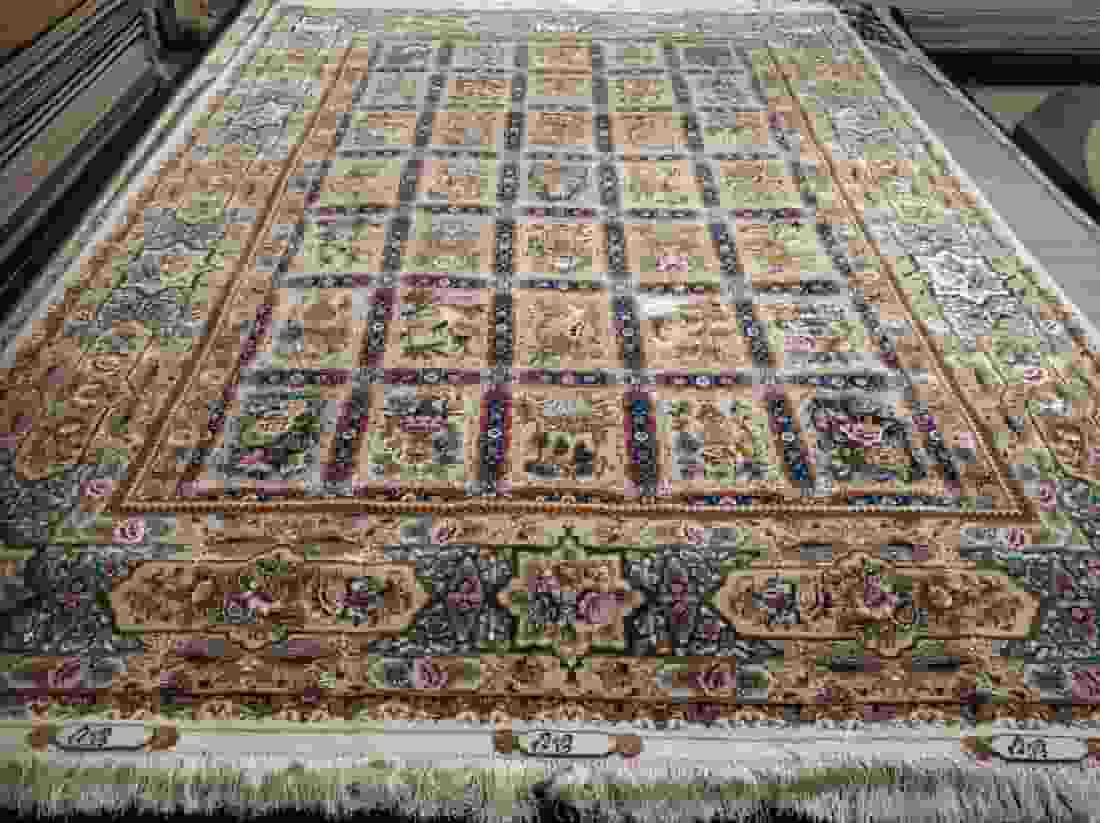
Persian carpet London
Frequent motifs on Qom carpets include garden motifs, medal designs, and a variety of animal and plant forms and patterns. Today, carpets are woven in many different regions of the country, and some individuals choose to refer to the carpets they produce as being created in Qom. Carpet from Hamadan Hamedan is located in the western region of Iran, approximately 300 kilometers west of Tehran. This city is one of the most ancient ever discovered anywhere in the globe. The Holy Bible refers to it using the Hebrew word ecbatana. This city is the commercial center for the production of carpets, which are weaved by a large number of people from nearby cities and villages. The finest examples of these rugs are often offered under titles that correspond to the places where they were woven. Nahavand, Tuysarkan, Malair, and Hossein Abad are a few instances of these names used in various settings. You can locate carpets with simpler patterns by searching under the more generic brand name Hamadan. It is important to remember that you can identify them due to their constant patterns and sizes. These carpets include a wide array of design styles for their designs. Some of the carpets have patterns that resemble medallions, while others have similar or repeated patterns. The Herati pattern is by far the most popular option when it comes to fully original designs. The predominant color of these rugs is obtained by combining rhonassi red with indigo blue, with only minute tonal differences permitted between the two hues. Older Hamedan-style rugs may have a high degree of artistic value. The heart of Hamadan was home to a carpet-weaving industry that created works of extraordinary quality. The architectural style of these carpets, known as Farsh Baf (Shahr Baft), is strikingly similar to that of Bijar rugs. However, you will have difficulty locating them in the current market. Due to the fact that these carpets are woven from lustrous threads that are frequently colored with natural pigments, their surface is able to retain its color and luster for a very long period. Moreover, the colors of these rugs are pretty breathtaking. 
persian carpet cost
In current times, weaving these carpets with only one cotton weft and one cotton warp in each direction has become extremely commonplace. The patterns woven into these carpets are mostly geometric, with a few floral designs tossed in for good measure. The designs chosen and the materials utilized can have a significant impact on the overall quality of the carpets. Hamadan carpets can often be categorized as high-quality and functional floor coverings. Borchali, Anjalas, Hossein Abad, Lilian, Khamsa, Zanjan, and Malair are examples of carpets produced in Hamadan. There are also the names Borchali and Anjalas. ‘Customers purchase these carpets under the brand name “Hamden carpet” which is advertised in the marketplace. Harris carpet Haris is located in the northeastern portion of Iran, in close proximity to Tabriz, a major metropolis. The patterns that are woven into the carpets sold in this city and its surrounding areas are highly well-known. This carpet has a medallion design in the upper right corner and large borders down the middle. Large rugs are often woven with relatively coarse fibers on cotton strands, and their designs are frequently influenced by country life. Due to the exceptional quality of the wool used to create Hariz carpets, these rugs are renowned for their durability and resilience. Consequently, dining rooms and hallways are two of the greatest locations for Hariz rugs. It is more typical for it to appear in enormous dimensions, such as 200 300 cm or even larger. Both Garavan and Mehravan are renowned for producing carpets with motifs that are very similar. In addition to being deployed in domestic settings, Harris carpets are occasionally seen in commercial and public locations. 
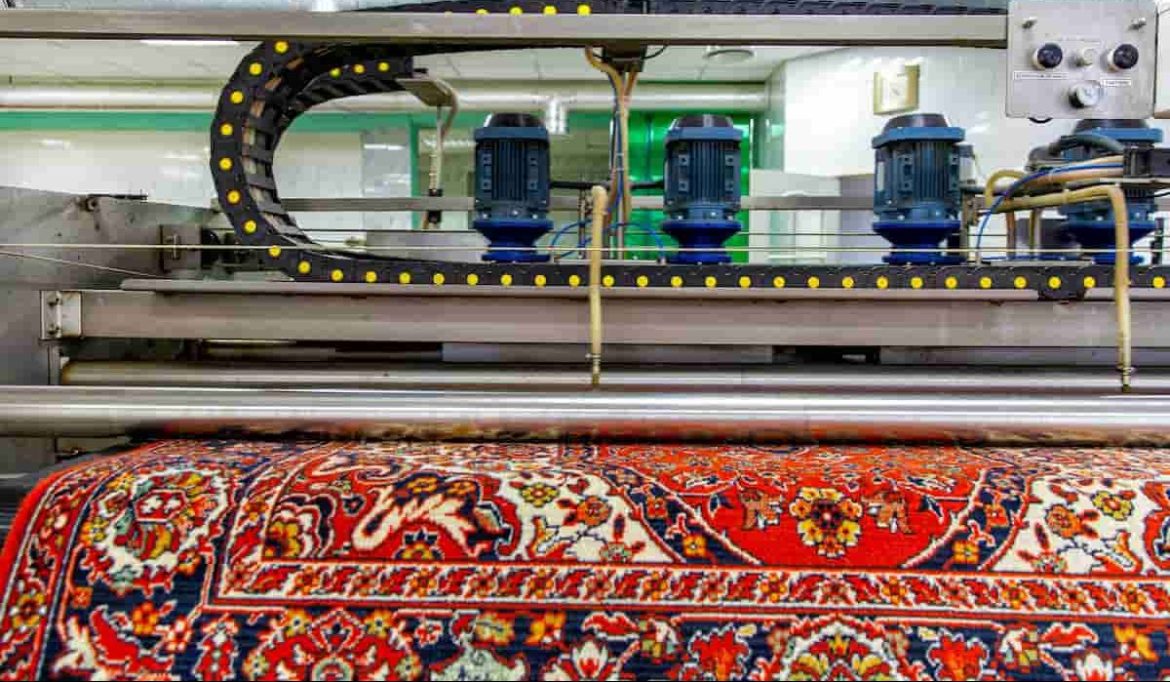
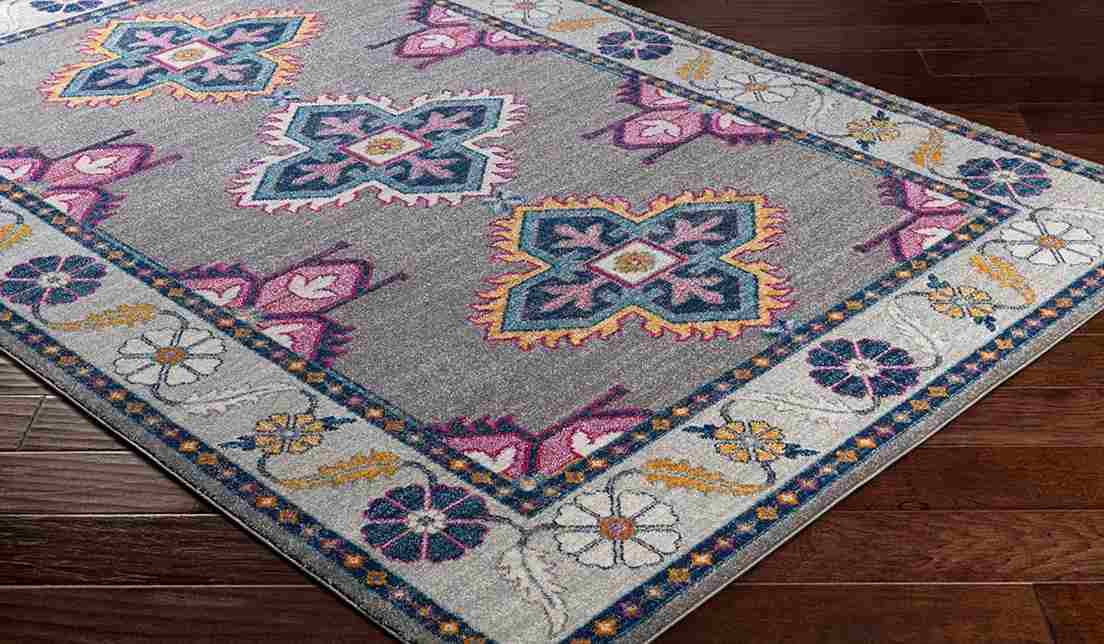
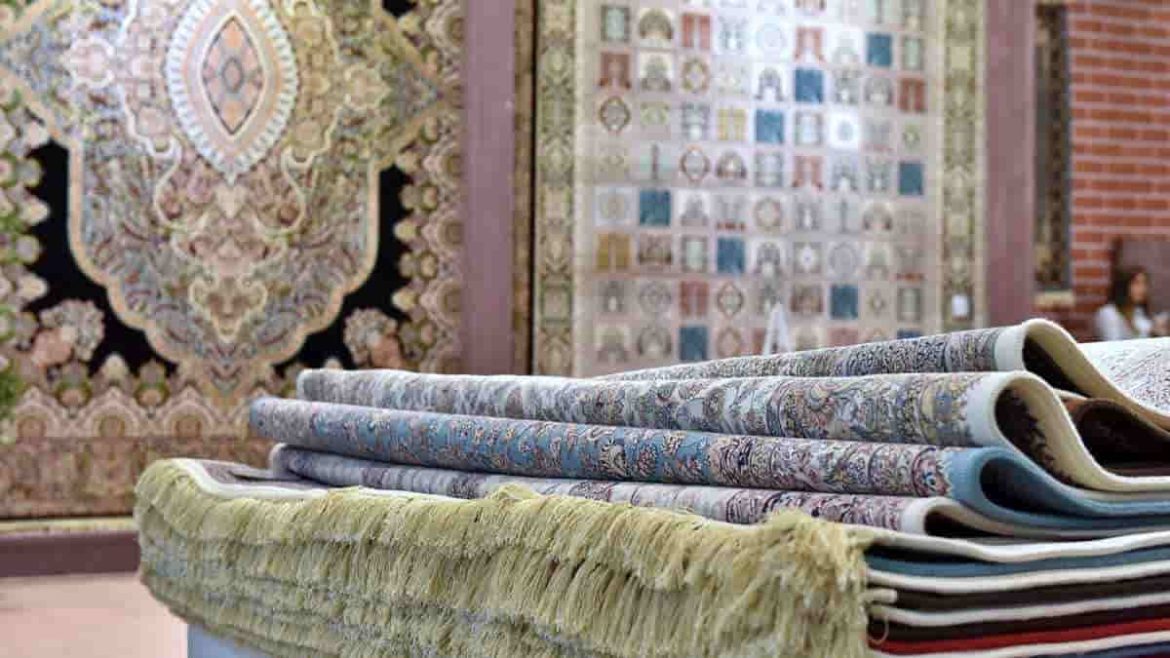
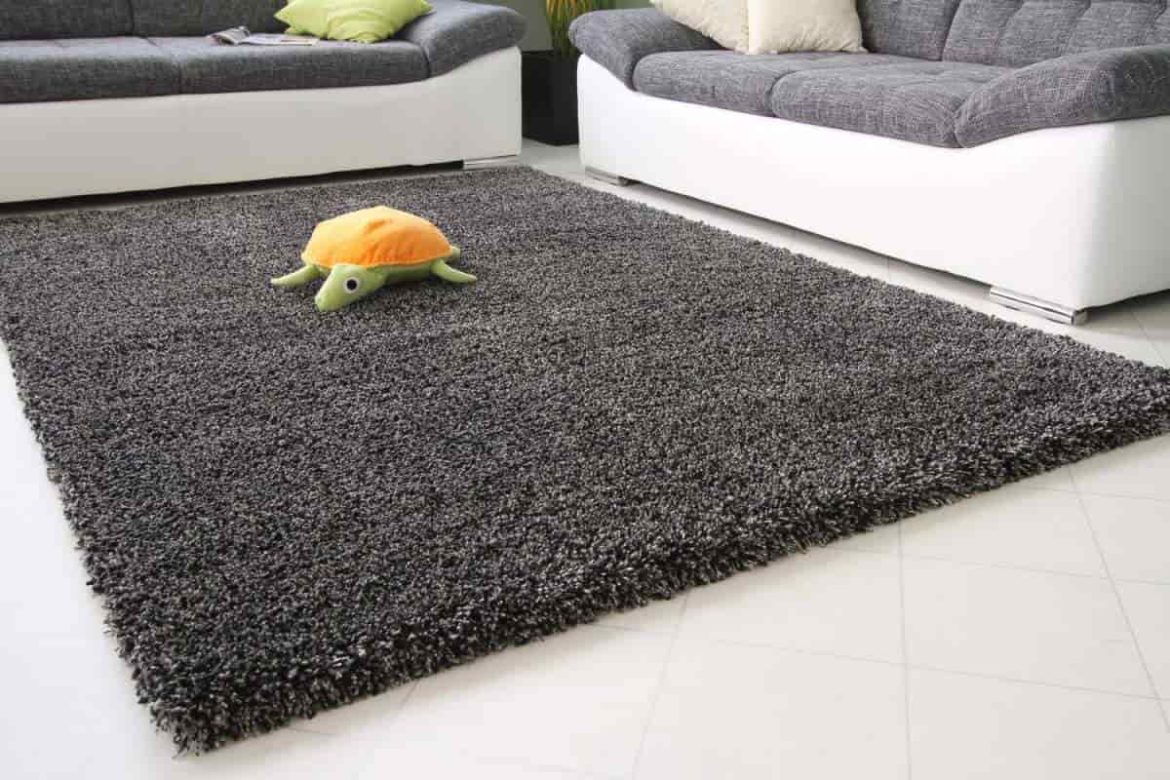
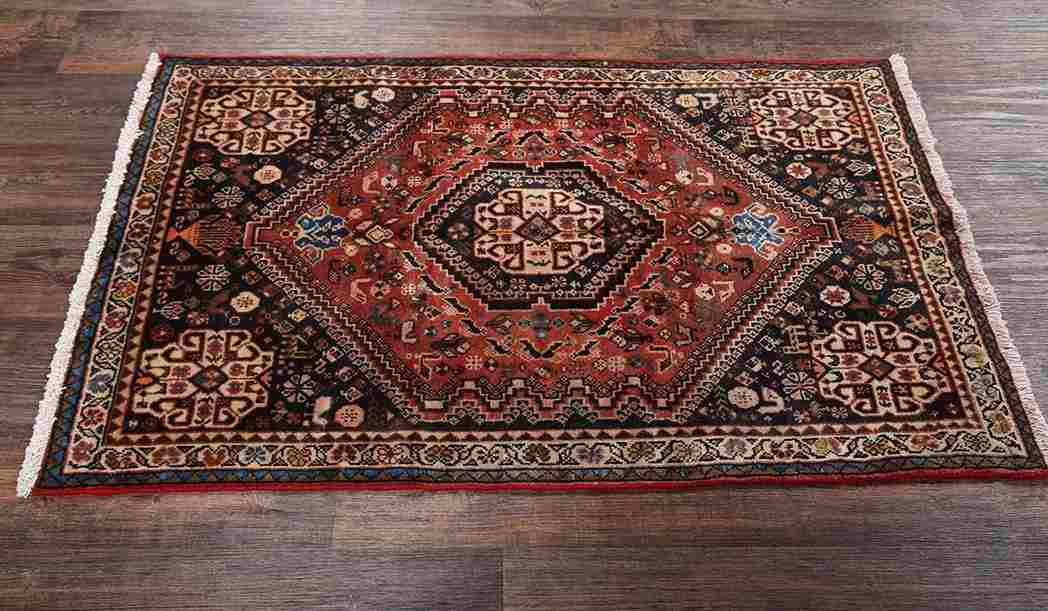
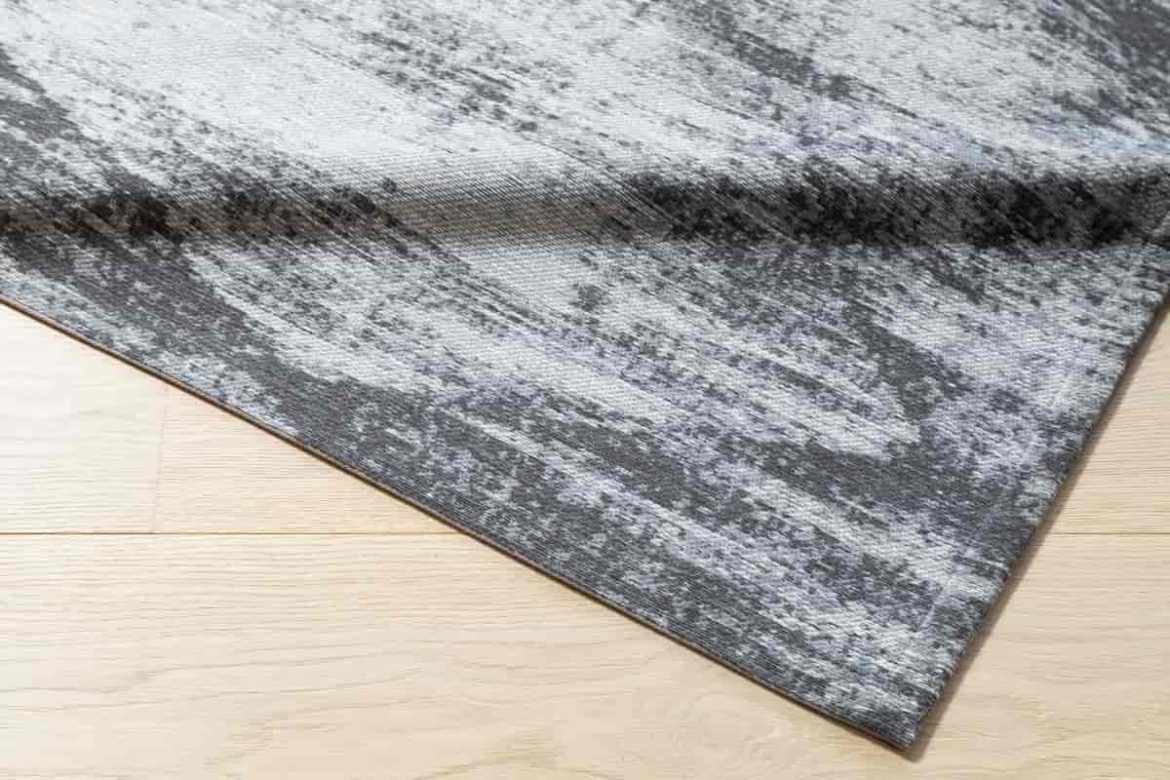
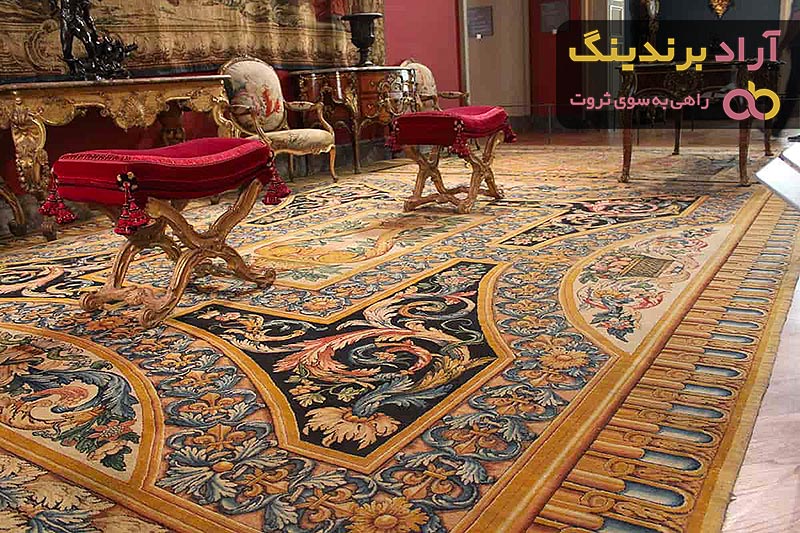
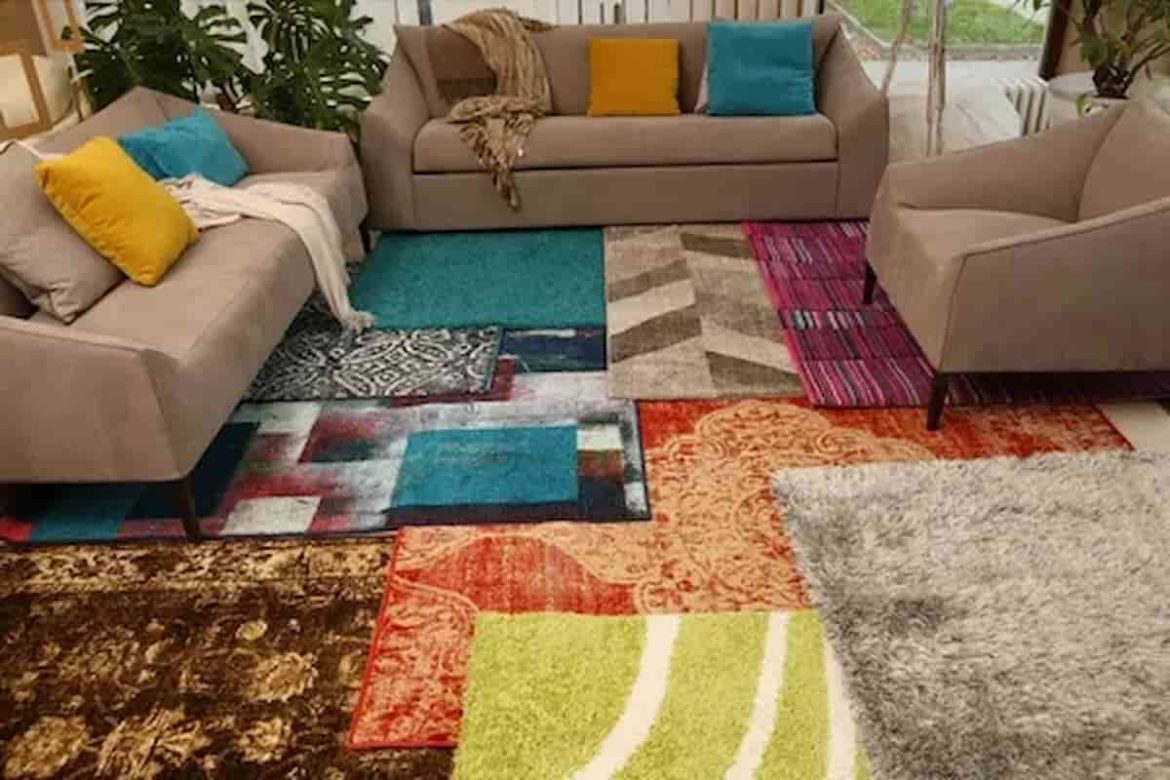
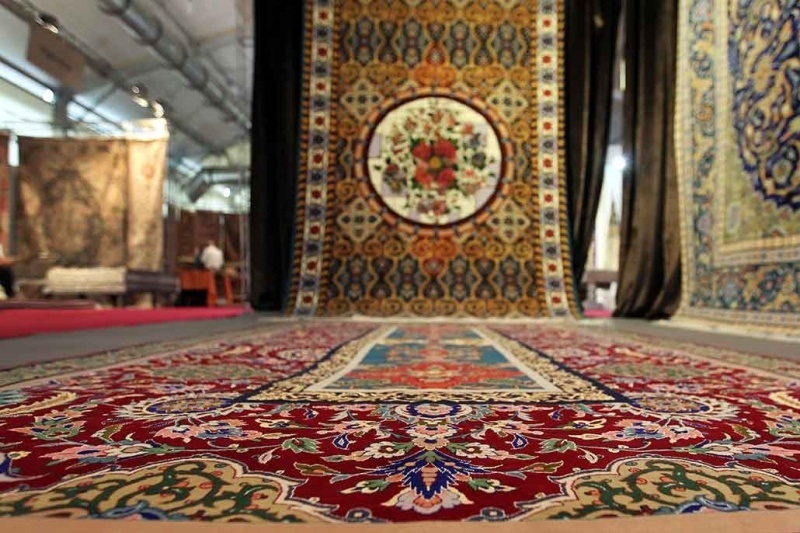
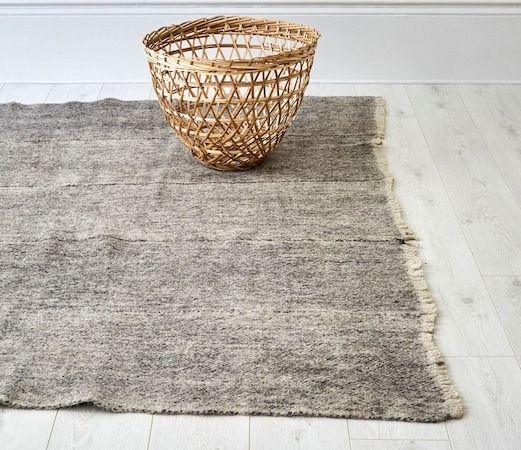
Your comment submitted.